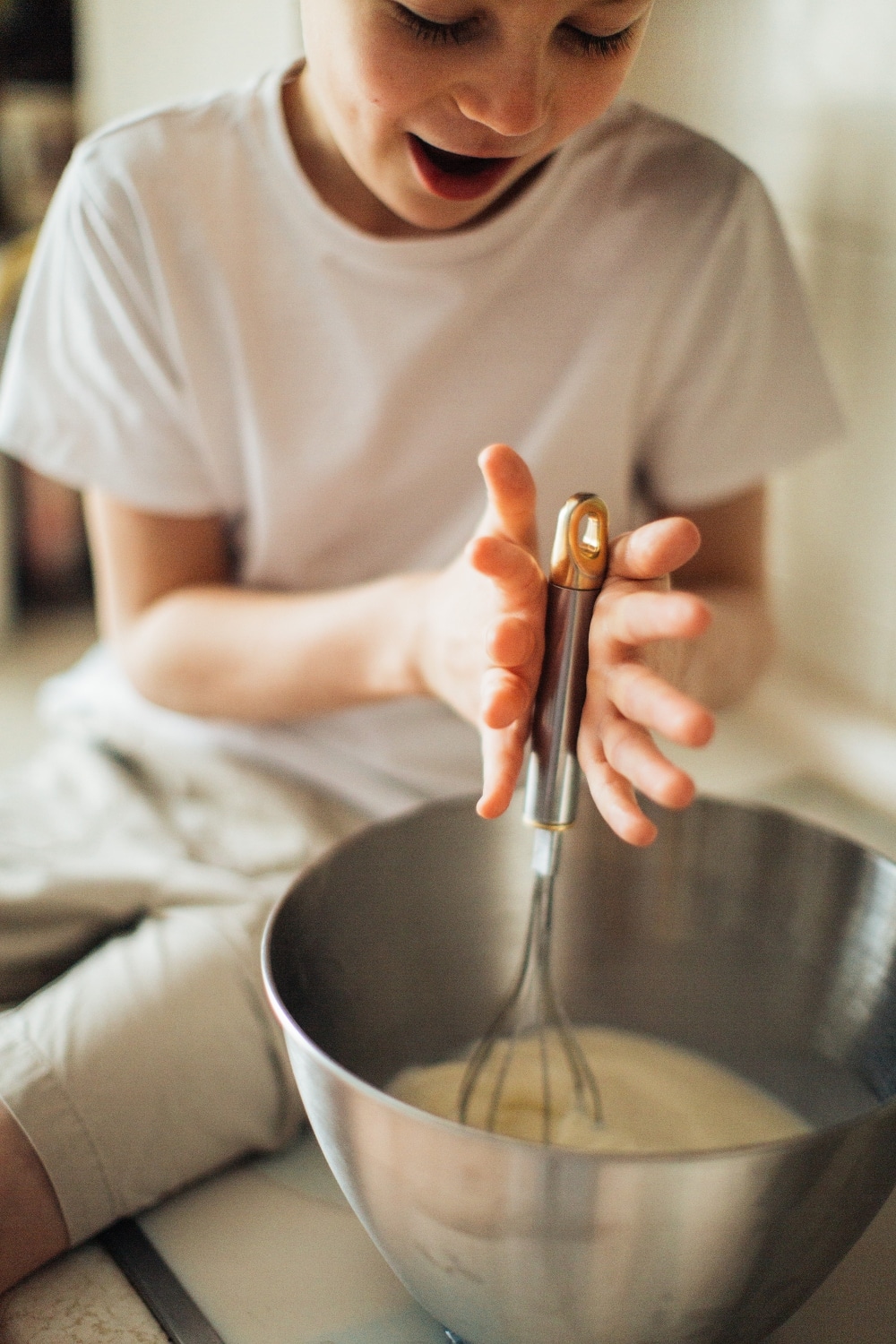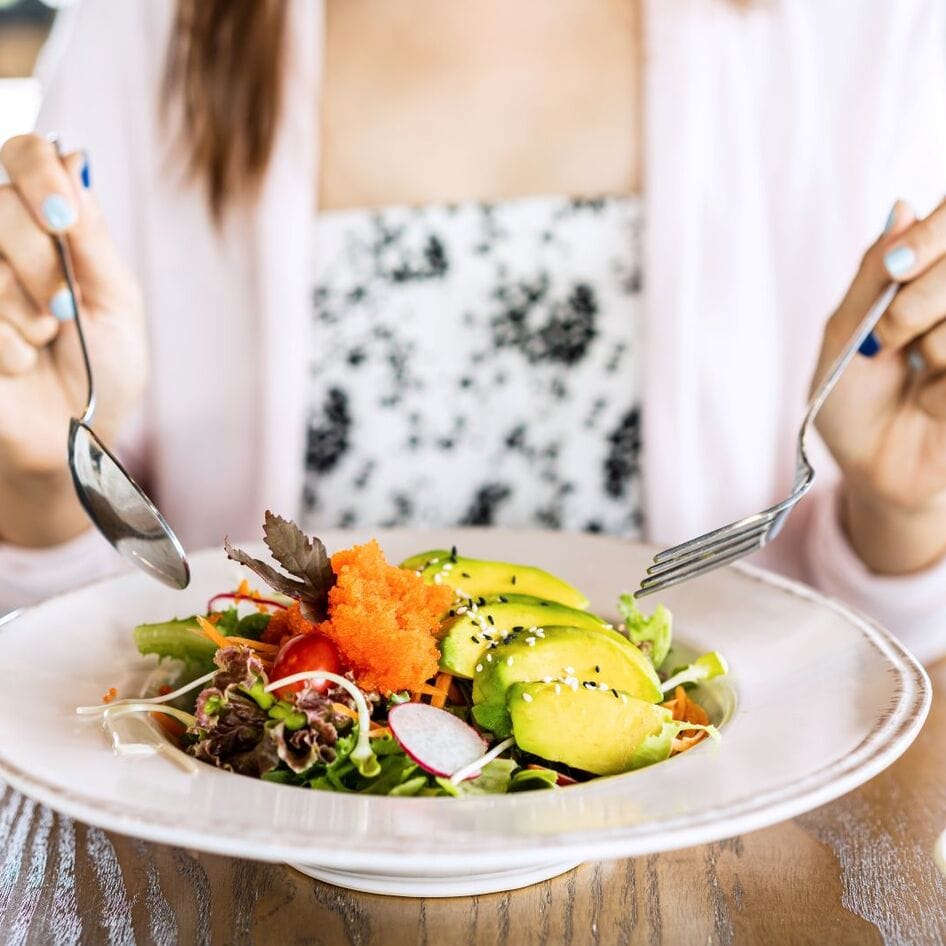When it comes to baking, there is no standard, global unit of measurement. And that means things can get a little confusing when you’re following a recipe, and it comes to figuring out the correct amount of ingredients. Pints, in particular, are a little mind-boggling—a dry pint of blueberries, for example, is not the same as a liquid pint of sour cream, and liquid pint measurements vary from country to country.
But don’t worry if you’re feeling a little bamboozled. We’re here to help you work it out so that you can get to the fun part (eating!) a whole lot quicker. First up: how many ounces in a pint?
How many ounces in a pint?
If you’re heading to a bar in the US, and you order one pint of beer, the measurement you will be served is 16 fluid ounces (which, in the metric system, is about 473 milliliters). But, if you do the same in the UK, you’ll be served 20 fluid ounces (which is about 568 milliliters). This is because measurements vary from country to country.
 Unsplash
Unsplash
Beer is just an example, as it’s the most commonly ordered drink in pint form, but these measurements apply to any liquid (including cream). But if you need a dry pint of, say, blueberries, again, this is worked out differently. Measuring out 16 ounces won’t work, unfortunately, as dry pints are measures of volume, not weight.
If you grab a pint of blueberries from the store, it will come to the top of the container, but the weight will likely be around 12 ounces. Cherries, however, will fill the same volume but, because of their different shape and weight, will likely come in at around 20 ounces or more. And these are regular ounces, not fluid ounces because we’re not talking about liquid. Confusing, right?
Converting ounces to pints
If you want to convert fluid ounces to pints (using the US system), all you need to do is divide the number of ounces by 16 (remember: there are 16 fluid ounces to a pint). Converting using the UK system is the same, only instead of 16, divide by 20.
If you want half a dry pint of blueberries, and you know that you’ve got a full pint measuring around 12 ounces, the easiest way to figure out how many ounces you need is to divide this by two. So half a pint, in this case, is 6 ounces, and one quarter would be 3 ounces.
 Pexels
Pexels
When should you use ounces or pints in baking?
Let’s just cut to the chase here, ounces and pints are confusing. Especially because the word “ounces” can refer to either a volume measurement or a fluid measurement. When you’re baking, it’s best to keep things as simple as possible. If a recipe calls for half a pint of cherries, that’s fairly easy to figure out if you know how many ounces you were served when you bought them (it should also say on the packaging).
But honestly, sometimes, it’s best just to forget about ounces or pints altogether, and just use the metric system (aka grams for weight and milliliters for volume). “One of the beautiful things about the metric system is that there is no confusion,” notes the culinary blog Love & Olive Oil. “Grams are weight, milliliters are volume. If you see grams, grab your scale. If you see milliliters, grab your liquid measuring cup.”
What’s the difference between metric and Imperial measurements?
The metric system, which started in France in the 1700s, refers to measurements of weight in grams and kilograms and measurements of volume in liters and milliliters. It’s used across Europe as well as the UK, which converted from the Imperial system in the 1960s (a pint of beer, however, is still commonly served in pubs across the country. If you asked for beer in milliliters, you would certainly get some odd looks!).
BECOME A VEGNEWS VIP: Get exclusive product deals, freebies, and perks galore!
The US adopted the Imperial system in the 1800s (which refers to pints, pounds, fluid ounces, and so on) but unlike Europe and the UK, it has never completely switched over to metric (although you can often still find metric units on product labels).
For more details on the differences between the metric and Imperial measurements, as well as a guide to the basics and abbreviations for each, find more information in our Vegan Baking 101 guide to converting grams and pounds.
For more plant-based stories like this, read:
JUMP TO ... Latest News | Recipes | Guides | Health | Subscribe









